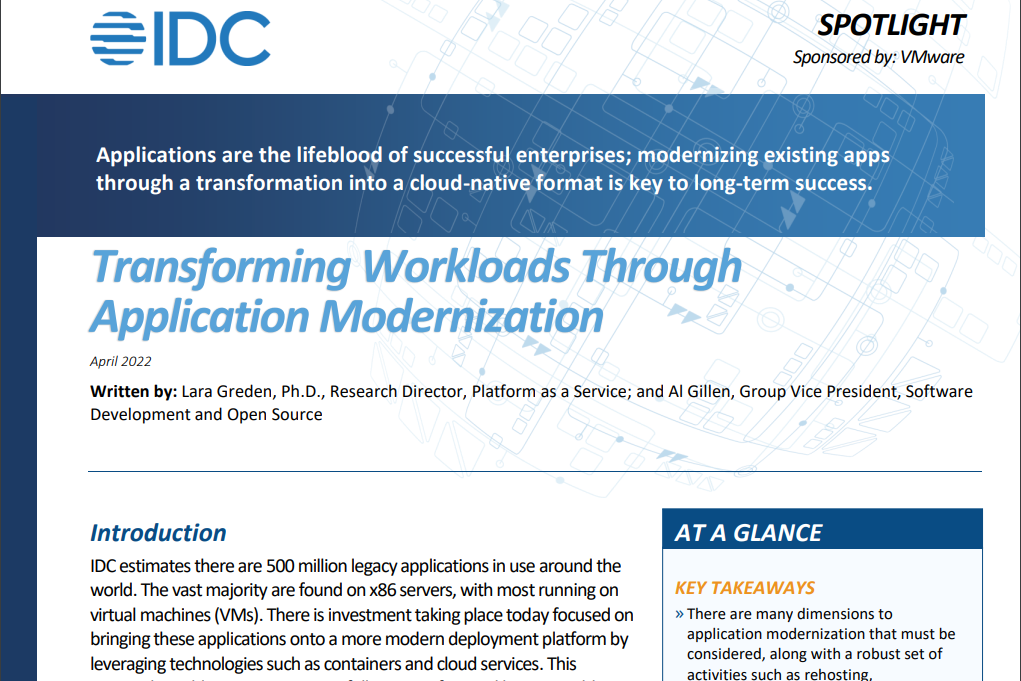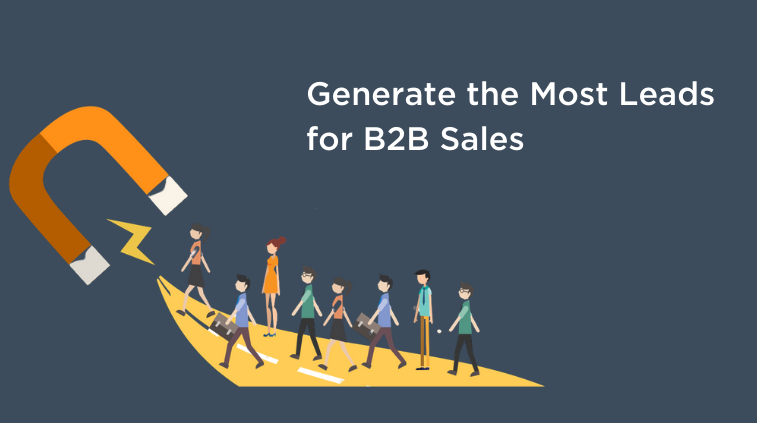Planning for the Next Generation of Application Deployments
Most organizations have a mix of new and legacy applications, with the latter being expensive to maintain and frequently hosted on aging infrastructure. Virtual machines host most ofthese today. This situation provides a suitable —and often a desirable —starting point forthe beginnings of an application modernization strategy.
IDC defines cloud-native development as a process that leverages the conjunction of microservices, containers, Kubernetes orchestration frameworks, and DevOps.Often referred to as modern application development, cloud-native development features a specialized set of tools optimized for the cloud and distributed infrastructures, which are often referred to as modern platforms. Legacy applications need to live in a world that is increasingly cloud native first.
However, there will be a lengthy period in which unchanged legacy applications, legacy applications in the process of modernization, and brand-new cloud-native applications will coexist. When it becomes possible for these legacy applications to coexist on the same infrastructure as cloud-native applications, organizations will be able to benefit either by streamlining their internal infrastructure needs or by consolidating both classes of applications on the samemodern cloud platforms in a private or a public setting.
While discussion in the developer world is focused on the benefits associated with modern cloud-native applications, many existing workloads are candidates for a less extreme makeover. Existing applications can go through a set of incremental steps that move them to platformsthat set the stage for further modernization. Modern cloud-native development techniques often can be used formodernization of discrete portions of legacy applications, but for many businesses,successfully colocating a legacy application on a modern platform is considered a win.





